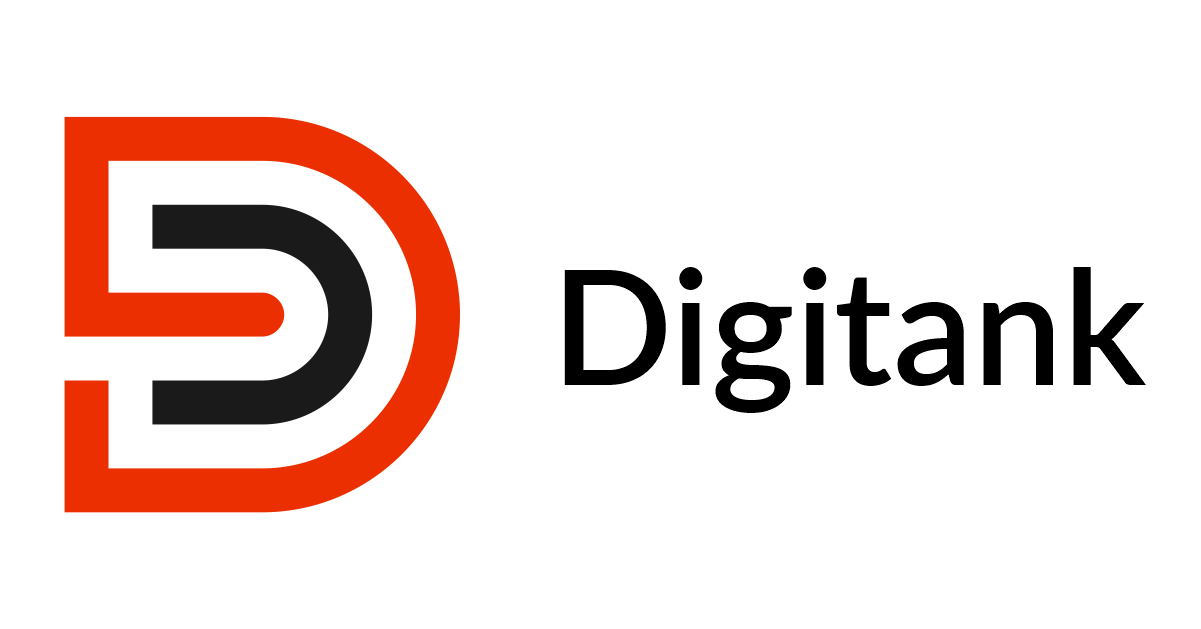
The digital age has ushered in a paradigm shift, compelling businesses to rewrite their playbooks for success. Within this era characterized by constant evolution, the practice of application modernization has surfaced as a pivotal strategy in an organization’s pursuit of staying pertinent and competitive.
Offering more than mere updates—it promises to redefine operational efficiency, scalability, and user engagement.
Understanding Application Modernization: Why It Matters
Application modernization involves updating or redesigning existing applications to leverage the latest technologies, architectures, and methodologies. This process is driven by the need to enhance application performance, user experience, and business outcomes. As legacy systems become outdated and struggle to keep up with modern demands, organizations often face challenges such as limited scalability, security vulnerabilities, and high maintenance costs.
By modernizing these applications, businesses can unlock several key benefits:
- Enhanced Performance
Modernized applications are designed to take advantage of the latest hardware and software capabilities, resulting in improved speed, responsiveness, and overall performance
- Cost Efficiency
Modernization can lead to reduced operating costs by optimizing resource utilization and minimizing maintenance efforts associated with outdated systems.
- Security Reinforcement
Legacy applications are more susceptible to security breaches. Modernizing on a secure platform like AWS allows organizations to implement robust security measures, protecting their applications and data.
- Scalability and Flexibility
Modernized applications can dynamically scale based on demand, ensuring optimal performance during peak usage periods without unnecessary overprovisioning.
Approaches to Application Modernization
There are three main approaches to application modernization:
- Replatforming
This, often referred to as “lift and shift,” is an approach that involves taking an existing application and moving it from a legacy environment (such as an on-premises server) to newer infrastructure, such as a public cloud platform. The goal is to preserve the existing functionality of applications while taking advantage of cloud-native benefits.
- Refactoring
This approach involves rewriting or restructuring the application to fully leverage newer technologies and architectures. The goal is to improve performance, scalability, and cost efficiency.
- Rebuilding
The rebuilding approach involves redeveloping your application from scratch using modern cloud-native technologies and design patterns. While this approach requires the most effort and time, it allows organizations to fully leverage the cloud’s potential and embrace the latest innovations.
Application Modernization on AWS
AWS offers a comprehensive set of tools, services, and frameworks that empower organizations to modernize their applications effectively. Here’s how AWS facilitates this transformation
- Migration Services
AWS offers migration tools and services like AWS Application Migration Service and AWS Database Migration Service, helping organizations migrate their existing applications to the cloud seamlessly.
- Containerization and Microservices
AWS services like Amazon ECS (Elastic Container Service) and Amazon EKS (Elastic Kubernetes Service) enhance application scalability and accelerate development and deployment cycles.
- Serverless Computing
Services like AWS Lambda allow developers to focus solely on code, abstracting the underlying infrastructure management and promoting efficient resource utilization.
- Database Solutions
AWS offers a variety of databases, including Amazon RDS (Relational Database service) and Amazon Aurora, ensuring that applications have the right data storage solution for their needs
Case Studies: Real-World Application Modernization on AWS
Netflix: Scaling Streaming with AWS
- Challenge
As a global leader in online streaming, Netflix faced the challenge of delivering high-quality content to millions of users across the world while maintaining a seamless streaming experience.
- Solution
Netflix undertook a comprehensive application modernization effort on AWS. They moved their video encoding and streaming infrastructure to AWS, utilizing services like Amazon EC2, Amazon S3, and Amazon CloudFront. By leveraging AWS’s scalable and distributed architecture, Netflix was able to handle massive streaming demands efficiently.
- Outcome
The modernization efforts allowed Netflix to achieve better scalability, improve the user experience, and handle sudden spikes in traffic during popular shows’ releases. They also gained the ability to expand their services globally, delivering content seamlessly to users in various regions
Capital One: Microservices Transformation
- Challenge
Capital One, a leading financial institution, aimed to enhance its digital banking experience, accelerate feature deployment, and improve developer productivity.
- Solution
Capital One embarked on an application modernization journey by transitioning from monolithic applications to a microservices architecture on AWS. They leveraged services like Amazon EC2, Amazon RDS, Amazon ECS, and AWS Lambda to build a more modular and flexible application landscape.
- Outcome
The shift to microservices architecture enabled Capital One to break down complex applications into smaller, manageable components. This led to faster development cycles, quicker feature releases, and improved fault isolation. Developers were able to work more independently on individual services, boosting overall productivity.
Expedia Group: Migrating Travel Reservations to AWS
- Challenge
Expedia Group, a global travel platform, needed to modernize its travel reservation system to handle the varying demands of customers worldwide
- Solution
Expedia Group undertook an application modernization effort by migrating its travel reservation platform to AWS. They utilized services such as Amazon EC2, Amazon RDS, Amazon DynamoDB, and AWS Lambda to build a highly scalable and resilient architecture.
- Outcome
By embracing AWS’s cloud-native services, Expedia Group achieved improved scalability and flexibility. They could dynamically adjust resources based on demand, resulting in optimized costs and a seamless experience for travelers. The migration also enabled them to experiment with new features and innovations more rapidly, as they could leverage AWS’s diverse set of tools and services.
Modernizing your applications on AWS is a strategic move that enables your business to evolve and thrive in a digital world. By leveraging AWS’s suite of tools and services, your organization can transform its applications into agile, scalable, and innovative solutions that meet the demands of modern users and markets. The journey may be complex, but the rewards in terms of performance, cost savings, and user satisfaction make it a venture well worth pursuing.
Start your application modernization journey on AWS today and position your business for a future of growth and success
Author
Kehinde Ojo
Related Posts
In today’s digital landscape, where data breaches and cyberattacks have become an all-too-common occurrence,...
In recent years, the technological landscape has witnessed a remarkable shift towards cloud computing....





